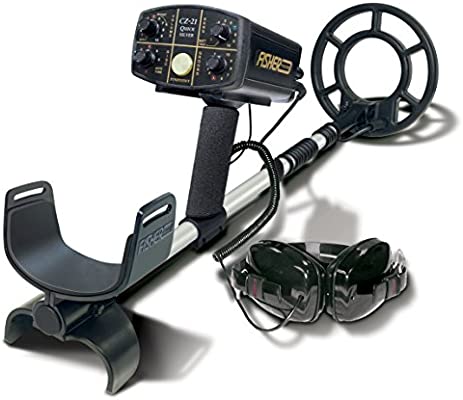Best Underwater Metal Detector Reviews
Updated September2, 2024 Divers love adventure and historically one of the most exciting things to do in the undersea world is find artifacts, wrecks, and other treasures. One of the best tools to get you started is a metal detector. Many models have been in use for land-based metal detection for a long time. Recently … Read more
